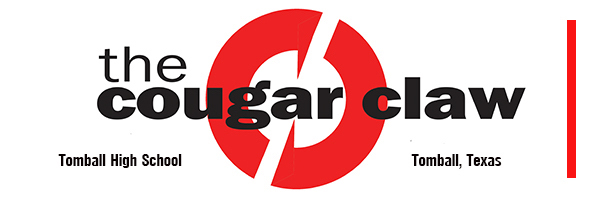Income Inequality and the descent of the Middle Class
U.S. income inequality has grown higher than any other major country in the world. The top 10% now own 4/5 of pre-taxed income. Although the gaps between the rich and the rest of us has been clearly widening worldwide, the space is strikingly more drastic in the U.S.
On a positive aspect, America still has a high mobility rate between classes (although sadly lower then Canada). And the poverty rate has stopped falling for 5 years. This can be negated by the fact that the top 10% are getting richer at a faster rate than the rest of us.
Typically money should move down from the rich and find its way to the rest of us, but according to the OECD income report; the 99%s income will only rise an average of 0.6% while the top 1% has had an income rise of 1%. Usually the rich need the majority of people to spend more cash if they truly want to pad their pockets, which leads them to give more raises and incentives to workers.
But The Economist.com states that “many of the underlying causes of the growing gap between rich and poor — fast technological change and the rapid globalization of the economy — are deep-seated and likely to persist. Tyler Cowen of George Mason University thinks the population will soon be divided into two groups: those who are good at working with intelligent machines, and those who can be replaced by them (see Lexington). The former will prosper; the latter will play a lot of video games.”
For such a mountain of an issue, our politicians are doing a superb job at sidestepping the subject. Republicans seem to believe the gap is not an issue at all.
“When markets are free, poor people can move out of their income group. In America, income mobility, which matters more than income inequality, has not really diminished. Economists at Harvard and Berkeley crunched the numbers on 40 million tax returns from 1971-2012 and discovered that mobility is pretty much what The Pew Charitable Trusts reported it was 30 years ago,” reported Fox News.
The problem, though, is that mobility is the same as it was 30 years ago while income inequality is greater than it 30 years ago.
While Democrats are split on the issue with the more liberal keen on solving the issue by taxing big businesses, the rest would like to focus on other issues. As the midterm elections approached, Democrats feared the issue would lead to being accused of “class warfare.”
Even President Obama, who called income inequality “a fundamental threat to the American Dream, our way of life and what we stand for around the globe,” wanting it to be a strong focus in his second term, is currently backing away from the issue to prevent backlash towards the Democrats.
Now that they have brought attention to the issue, Democrats will focus on raising the income of the middle class, possibly by raising the minimum wage. John Schmitt, an economist with the liberal Center for Economic and Policy Research, doesn’t seem to think this will help, as he has said, “…The new Democratic focus risks being solely about creating opportunities for some of the people at the bottom to go up, but leaving the rest of the folks where they are.”
In Tomball our average income per capita (2008-2012) was $27,449, Waller had a $22,534 average income per capita, and The Woodlands had $50,613 income per capita. With the state average income per capita being $25,809, and the countries average being $28,051, we don’t seem to have a huge problem with income.
But our future feels questionable in the hands of politicians who care more about getting re-elected than actually solving issues. Democrats and Republicans are possibly being paid to bicker back and forth until the next election. And with many of them getting large sums of money from companies, some of laws they do enact are for the benefit of corporations.
In order to fight income inequality, the OECD provides four main matters to attend to, like more “investment in human capital” (skills, knowledge, or experience possessed by an individual or population). It recommends investment for this, be put mostly in elementary and secondary education by using state funds instead of local taxes in order to better help children in disadvantaged communities.
Simply put, that means more money for schools.
The next point by the OECD is to “boost employment and career prospects”, this is to be done by the federal government making new and better jobs with better in-work benefits and more incentives also providing lasting career jobs. The OECD says that the U.S. is on the right track but could be do much more with other countries spending overall 4 times as much as the US in trying to bring people to work.
It also urges “reforms of tax and benefit policies” which they say is the “most direct and powerful instrument to income redistribute income.”
This involves making sure upper class citizens pay their fair share of the taxes not just by raising their taxes but by also scaling back tax deductions which help the rich in a disproportionate way.
Finally we should focus on promoting and increasing access to public services, like higher-education and health care. The US spends more than any other country on health per capita but that health care doesn’t get distributed equally.
For example in 2008 the gap between the life expectancy at birth for the highest educated white males and lowest educated black males was more than 14 years.









